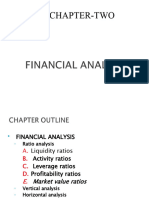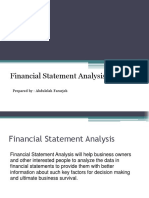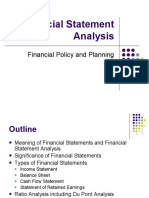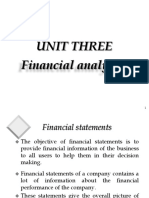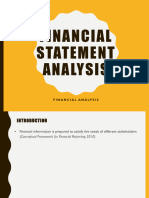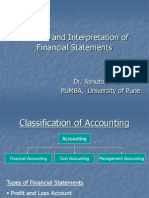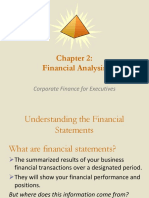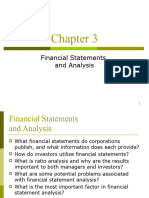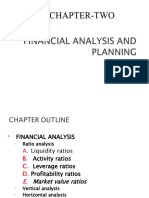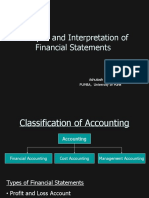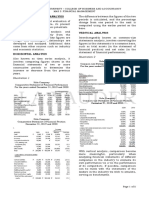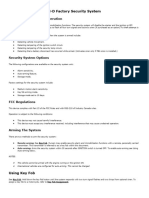0% found this document useful (0 votes)
35 views29 pagesFINM02-6 Topic 2v1
Topic about financial management
Uploaded by
Captain AtomCopyright
© © All Rights Reserved
We take content rights seriously. If you suspect this is your content, claim it here.
Available Formats
Download as PDF, TXT or read online on Scribd
0% found this document useful (0 votes)
35 views29 pagesFINM02-6 Topic 2v1
Topic about financial management
Uploaded by
Captain AtomCopyright
© © All Rights Reserved
We take content rights seriously. If you suspect this is your content, claim it here.
Available Formats
Download as PDF, TXT or read online on Scribd
/ 29

